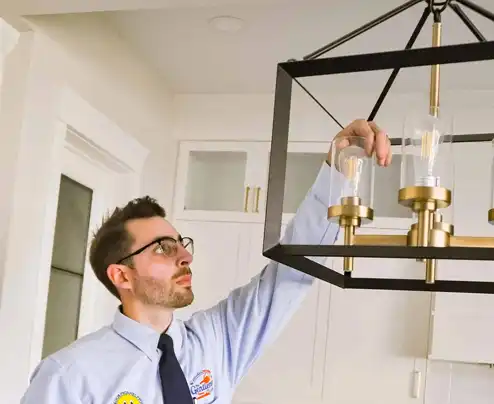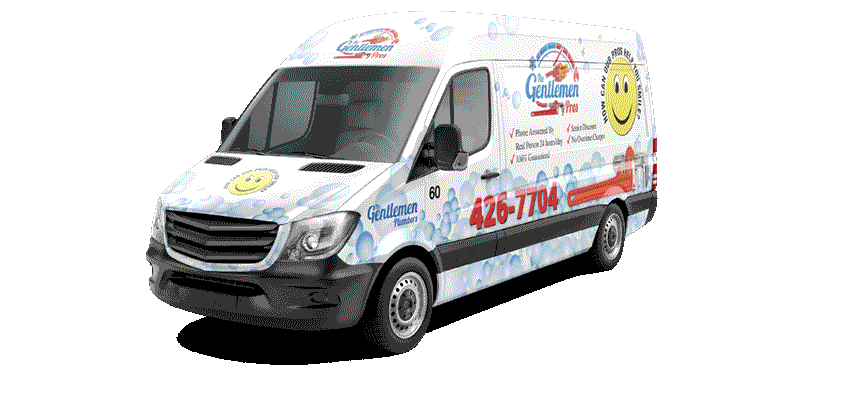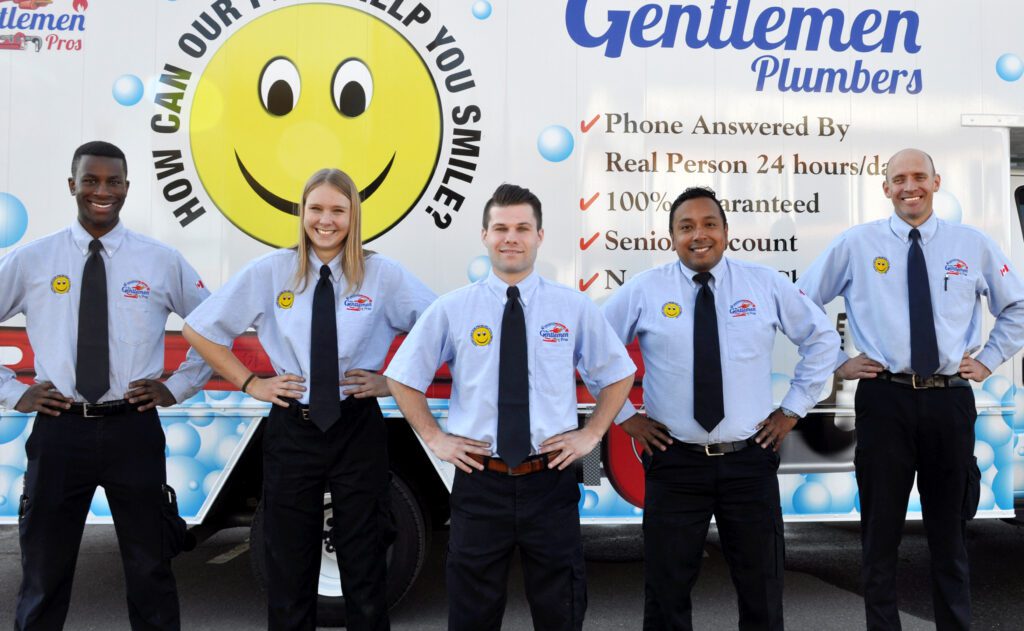
Same Day Service
Since 2001
Call The Gentleman Pros Now!
(780) 628-1734

Is your house just a squat shape sitting in a yard? Does pulling up to it at night fill you with dread and a serious cause of the blahs? Do your neighbours’ gorgeously lit yards give you lighting envy?

There are so many things you can do with your outdoor lighting. You can install
The only limit is your imagination and let’s be honest, your budget.
Not only will your yard be beautiful, but it will be safer too. A well-lit yard increases your safety and security. It prevents injuries because you and your guests can now see any trip hazards, stairs, and changes in terrain. So no more tripping over or bumping into things.
It also increases your security. Intruders will think twice about entering an illuminated yard. There’s nowhere for them to hide.
Having your exterior lights installed by a professional electrician is important. You want your lights to be reliable (turn on and off when they are supposed to) and safe (no arcing, sparking, or buzzing). For this to happen, you need a licensed electrician.
Our knowledgeable electricians will
Your safety and satisfaction is our priority. To that end, if the work is not done according to local, provincial, and federal guidelines and codes, we will refund you the money.
Let’s get your yard lit!
Click on the Chat With Us button at the bottom of the page or call (780) 628-1734 to chat with one of our helpful customer service agents. If you don’t have time right now to talk, please fill out our handy online form and we will get back to you at a convenient time.
Outdoor and landscape lighting is so much more than just pointing a light on full bore at the feature you want to illuminate.
Depending on the type of light you use, where you place it, and the brightness of the light, the beam of light will look different on the item you are showcasing. Plus, the features and textures of the item will look different.
Read on to learn more about some of the different techniques and effects.
People need to see to get around making path lighting an important part of your outdoor lighting design. If someone is only going to do one lighting technique this is the one.
Path lighting creates small pools of light on the ground guiding you and your guests. Though predominantly a safety feature, it is also a design feature that adds to the overall ambience of your outdoor space.
Downlighting is created by placing the light on top of a structure or hardscape (e.g. benches, countertops, walls, outdoor fireplaces) and pointing the light down.
It is an excellent way to illuminate a large area, This is why it is used in lighting gathering areas (e.g. patios and decks) and security lighting.
Downlighting from hardscape is more subtle. It can be used to highlight the features (e.g. texture, colour) of the item the lights are mounted on.
Uplighting is an effect achieved by placing the light source on or in the ground at the base of the item (e.g. tree, statue, wall) and aiming the beam upwards highlighting the feature. You can use spotlights, flood lights, or inground lights to create uplighting.
Often uplighting is used to light trees. If you want to highlight the main trunk, place one or two lights at the very base of the tree. If you want to put the tree’s canopy on display, place the lights on opposite sides of the tree and 8 to 10 feet away from the base. The lights will accent the trunk and the underside of the canopy. Using more than one light eliminates deep dark shadows.
Cross lighting involves lighting a large feature or architectural detail from two opposite angles. This creates a balanced lighting effect and eliminates deep shadows.
Underwater lighting creates some beautiful effects. Because the light is refracted (essentially bent) by the water, the light will cast ripples, glints, and shadows creating a new design feature.
Electricity and water don’t play well together. Please make sure you use light fixtures that are rated for underwater use.
This is a dramatic effect creating a sharp silhouette of the feature on a nearby backdrop, usually a wall.
Lighting is placed between the backdrop wall and the feature. The purpose is to light both the feature and the wall. When the light comes from behind the feature and the backdrop is lit in a gentle wash (a soft glow), you can see a clear silhouette of the feature on the wall.
Shadowing is both similar and the opposite of silhouetting.
First the similar — both effects highlight a feature onto a vertical backdrop behind it. Shadowing creates deep shadows on the backdrop instead of a crisp silhouette of the feature. If you shadow a tree or something that moves in the wind, you get a truly spectacular effect.
Now the opposite — opposite might be too strong a word. To create this effect, lighting is placed in front of the feature facing the backdrop (wall) behind it instead of between the feature and the wall.
Moonlighting does exactly as it says — it replicates the light from the moon. Sitting outside under a full moon is magical. But the moon and the skies don’t always cooperate. The moon isn’t always full and the skies aren’t always clear.
By using this lighting effect in your yard, you never have to worry about the fullness of the moon or if the skies are clear. You will always have moonlight.
This effect is created by placing special wide-angled lights high up on a structure or in a tree. These lights minimize glare and direct the light beam toward the ground.
Grazing is used to highlight and enhance the architectural features of a home or structure. It adds depth and dimension to stonework, stucco, or brick.
It is created by placing uplights right next to the base of the wall and angling the beam directly upwards. The resulting shadows enhance the texture of the wall.
Washing creates a soft glow to the walls or facade of a structure and creates a backdrop for other lighting you have on the structure. It involves placing the light so it lands on the wall at a wide angle and creates a subtle, low amount of light over a large area.
It can be used on other features with a large surface area like hedges or low walls.
It’s a great technique to use to highlight outdoor wall hangings or signage.



